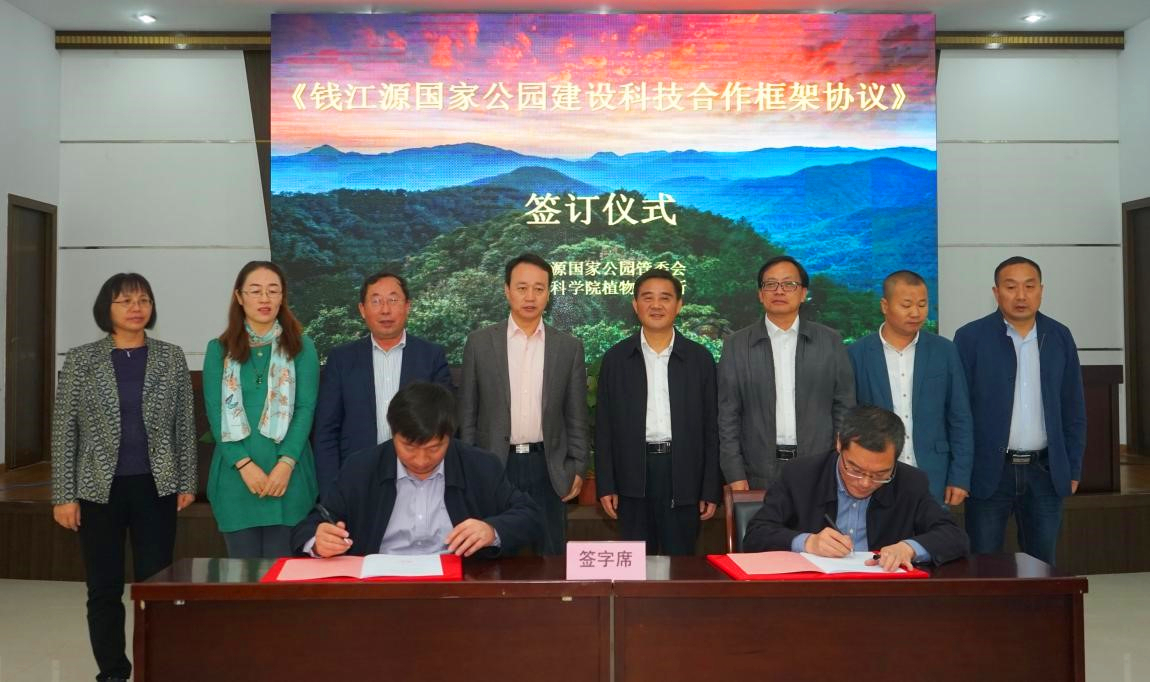


(1) Exploring the innovation system of easement reform and the diversified land management and utilization modes
According to the actual situation of different ownership of collective land, the Park studied and formulated different management methods of forest land, farmland, homestead, and water area in the Park and explored the land use modes of diversified land management in different functional areas.
(2) Realizing ecosystem integrity protection through cooperative protection
The criterion for regional cooperation protection is to protect the authenticity, representativeness, and integrity of the ecosystem and takes into account the area suitability and management feasibility.
(3) Optimizing functional zone division and implementing differentiated management
The current functional zone division is reasonable in the Park. On this basis, it can be further optimized and improved. For example, improvement of the proportion of core reserves and implementation of differentiated management.
(4) Formulating Regulations of Qianjiangyuan National Park
To regulate all activities and to protect the authenticity and integrity of the natural ecosystem, Regulations of Qianjiangyuan National Park has been preliminarily formulated according to China’s relevant laws and the Park’s actual situation.
The basis for multi-level cooperation between governments at all levels in the past.
The Forestry Department of Zhejiang Province is the leading department of easement reform.
Qianjiangyuan National Park has carried out the work of confirming the right of natural resources assets, entrusted scientific research departments to conduct the research on the mode of easement system, formulated technical standards of easement system, and formed the implementation plan and management method of easement operation at the village level.
Firstly, present confirmation of natural resource assets is mainly promoted at the national and provincial levels, and the Park is not an independent natural resource registration unit. The final results of the confirmation of natural resource assets have yet to be tested.
Secondly, there is a gap in the cognition of the national park in different regions, so differences in the demands of "rights, responsibilities and benefits" in cross-regional protection could lead to different intents of cross-provincial cooperation management.
Thirdly, there is a lack of successful experience for cross regional protection cooperation.